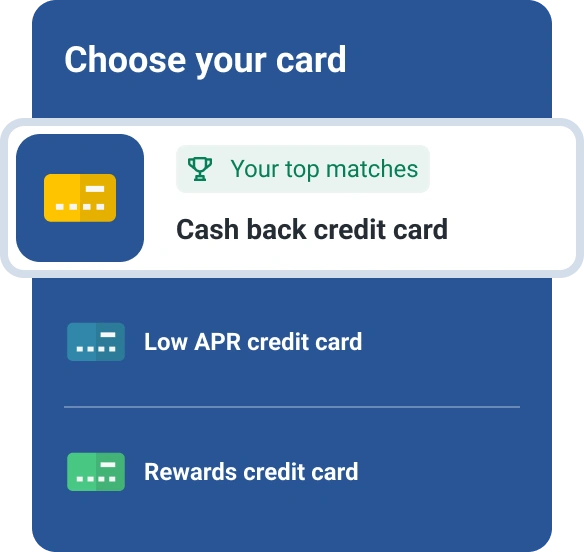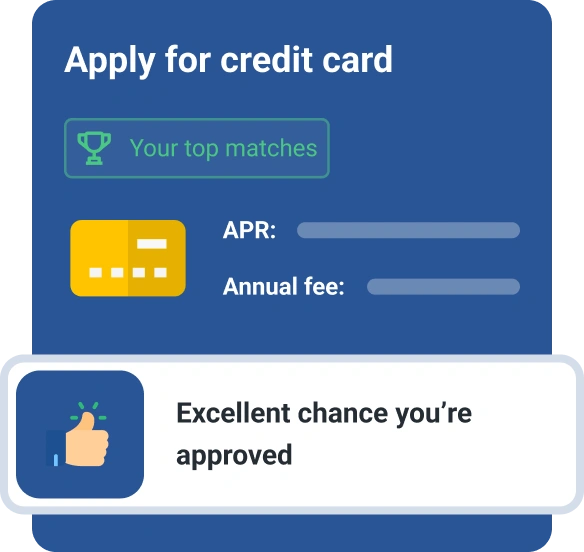How to Read a Credit Card Statement
Quick Answer
Your credit card statement contains a summary of your recent account activity, notices of upcoming changes and other important information. It can be confusing at first, but statements generally follow a similar format that you can learn to read and then quickly scan.

Reviewing the credit card statement you receive at the end of each billing cycle can help you better understand what's happening with your account. However, credit card statements have so much information that you might find them overwhelming and confusing at first. Here's a breakdown of what you can expect to find, how to read each section and what it all means.
What Does Your Credit Card Statement Tell You?
Reading your credit card statement can help you understand how you're using your credit card, changes in your card's terms, the interest or fees you've accrued and whether someone is fraudulently using your account.
The information is broken into different sections, and you can expect to learn about:
- Recent account activity: A summary of your recent account activity, including the previous and new balance.
- Payment details: The payment information for the billing cycle, including the minimum payment amount and due date.
- Changing terms: Any important changes to your account's terms, such as fees or interest rates.
- Transactions: A list of all the transactions from the billing cycle.
- Interest and fees: Separate lists for interest charges and fees.
- Interest rates: A summary of your card's different interest rates.
- Rewards: Your rewards earnings and redemptions.
The specific details and order may depend on the credit card issuer, but most use a regulator-approved template as the basis for the form.
How to Read Your Credit Card Statements
From a list of every transaction that occurred during the billing cycle to details about different types of fees and interest, credit card statements can contain a lot of information. But there's a standard format that can make reading credit card statements easy once you get the hang of it.
Here's a closer look at what you'll find in each section.
Account Information
The top of the statement may include your name, address, account number and the date range for the billing cycle.
Summary of Account Activity
The summary box gives you an overview of your balances and transactions for the billing cycle, which will be detailed later in the statement. These include:
- Previous balance: The balance at the start of the billing cycle.
- Payments and credits: The sum of the payments, statement credits, refunds and other types of credits that were applied to your account.
- Purchases: The sum of your purchases.
- Balance transfers: The amount you transferred to the card.
- Cash advances: The amount you withdrew as cash advances.
- Fees charged: All the applicable fees, such as late payment, balance transfer and cash advance fees.
- Interest charges: The interest that accrued and was added to your balance.
- New balance: Your new balance, also called your statement balance, is the sum of all the above transactions, and it will impact your minimum payment.
The summary box will also tell you your credit limit and how much available credit you have as of the statement date, although that can change as your current balance rises or falls.
Payment Information
The new balance flows into the next box on your statement, the payment information box. Here, you'll also find your minimum payment and the due date.
There could also be a warning about what could happen if you don't make your minimum payment by the due date, along with a summary of how long it will take to pay off your card and how much you'll pay in total if you only make the minimum payment. You'll also find an example of how paying more each month can help you save money and pay off the balance sooner.
Account Notifications
Your credit card's terms won't change every month, but you might occasionally see a notice of an upcoming change in your terms. For example, your card issuer might change your annual fee, late payment fee or interest rate if it gives you at least a 45-day notice. (Credit cards also have variable interest rates that can increase without a notice if the card's benchmark rate rises.)
Notifications can also include ongoing informational notices, such as whether you've enrolled in automatic payments. And, if you have, the payment amount and date.
Transactions
If you use your credit card for everyday purchases, the transaction section could be the longest section. The transactions can include purchases, balance transfers, cash advances, payments and credits, along with details about each transaction. Authorized users' transactions may be listed separately.
Reviewing the transactions can help you understand when and how you spend your money—sometimes, it's easy to forget how quickly impulse purchases can add up.
It's also important to review this section for unauthorized transactions. Although credit cards have zero liability fraud protection, you'll need to tell your card issuer that your account was compromised and dispute the unauthorized transaction.
Interest, Fees, and Interest Rates
The card issuer might separate the interest charges and fees from the rest of the transactions. But there could still be individual line items and details for each fee or interest charge, along with a summary of your total year-to-date fees and interest charges.
Credit cards can also have different annual percentage rates (APRs) for purchases, cash advances and balance transfers. The statement will list each of these along with the corresponding type of balance that's subject to that interest rate.
Rewards
If you have a rewards card, your statement may tell you your rewards balance and how much you earned and redeemed during the billing cycle. There may also be rewards information next to each transaction in the transaction section.
How Long to Keep Credit Card Statements
If there weren't any fraudulent transactions and you don't need a copy of the credit card statement for tax purposes—such as when you used the credit card for business purchases—you don't need to keep physical copies of your credit card statements.
However, if there are fraudulent transactions, hold onto the statement until your dispute is resolved. If you're using the statement to substantiate tax-deductible purchases, you may want to hold onto it for at least three years from when you file the tax return.
You can also sign up for electronic statements rather than, or in addition to, getting statements in the mail. It can be a more secure option, and you can save copies of the statements on your computer.
Card issuers will also let you access and download previous statements from your online credit card account, although how far back you can go varies by card issuer. You might also be able to contact the issuer to request copies of statements from the last seven years, including for closed credit card accounts.
Monitor Your Credit Report As Well
Reviewing your credit card statements or using a budgeting app to continually monitor your credit card activity can help you stay on top of account changes and bills. Additionally, you may want to monitor your credit report to understand how using your credit card and other credit accounts can help or hurt your credit score. Get a free credit report and credit score, along with ongoing report and score monitoring from Experian.
Don’t apply blindly
Apply for credit cards confidently with personalized offers based on your credit profile. Get started with your FICO® Score for free.
See your offersAbout the author
Louis DeNicola is freelance personal finance and credit writer who works with Fortune 500 financial services firms, FinTech startups, and non-profits to teach people about money and credit. His clients include BlueVine, Discover, LendingTree, Money Management International, U.S News and Wirecutter.
Read more from Louis

